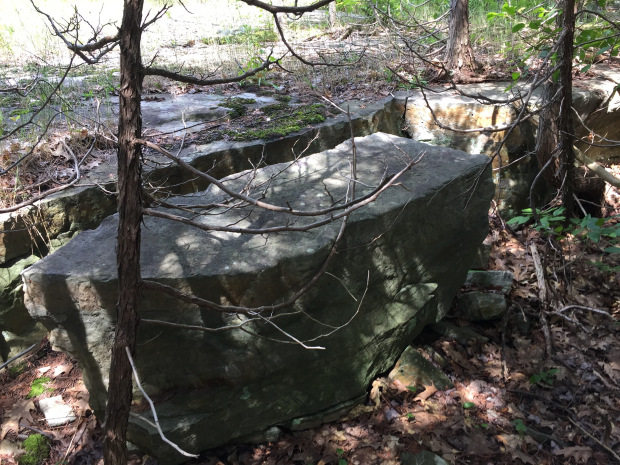There's a piece of #NovaScotia in Canada's parliament buildings! Lots of pieces, actually.
Read this for the story.
#nspoli #cbpoli #capebreton #CanadaDay2020
@AndyFillmoreHFX @MLAElizabethNS @BernJordanMP @geoffregan @CdEntremontMP @SeanFraserMP @ZannLenore @DarrenFisherNS

Read this for the story.
#nspoli #cbpoli #capebreton #CanadaDay2020
@AndyFillmoreHFX @MLAElizabethNS @BernJordanMP @geoffregan @CdEntremontMP @SeanFraserMP @ZannLenore @DarrenFisherNS


Canada's original parliament buildings were built from 1859-1866. Except for the Library of Parliament, they were destroyed in a 1916 fire. Reconstruction started that year and the new buildings were completed in 1927.
#nspoli #cbpoli #novascotia #capebreton #CanadaDay2020

#nspoli #cbpoli #novascotia #capebreton #CanadaDay2020


The parliament buildings could have ended up looking quite different. The original 1859 plan called for “native limestone” from Gloucester and Hull, which is somber grey, but the architects chose warmer, cream-coloured Nepean sandstone. Nepean is an area in Ottawa.
#nspoli
#nspoli

Nepean sandstone from the overgrown quarry shown below was used in the reconstruction. The stone was hauled 30 kilometres to the site by horses in six-ton loads. They did one trip per day. Campbell's Quarry closed in 1962.
#nspoli #cbpoli #capebreton #CanadaDay2020 #novascotia

#nspoli #cbpoli #capebreton #CanadaDay2020 #novascotia


Sandstone from Wallace, NS, played a key role in the reconstruction. It was used in things like trim, chimneys +carvings. For example, the archway in Centre Block's main entrance, below the Peace Tower, is from Wallace.
#nspoli #cbpoli #capebreton #CanadaDay2020
@MLAElizabethNS

#nspoli #cbpoli #capebreton #CanadaDay2020
@MLAElizabethNS


Sandstone is a relatively soft rock so it's good for intricate carving like the beautiful work shown here.
Happy #CanadaDay!
#nspoli #cbpoli #capebreton #CanadaDay2020 #novascotia
Happy #CanadaDay!
#nspoli #cbpoli #capebreton #CanadaDay2020 #novascotia

• • •
Missing some Tweet in this thread? You can try to
force a refresh



























